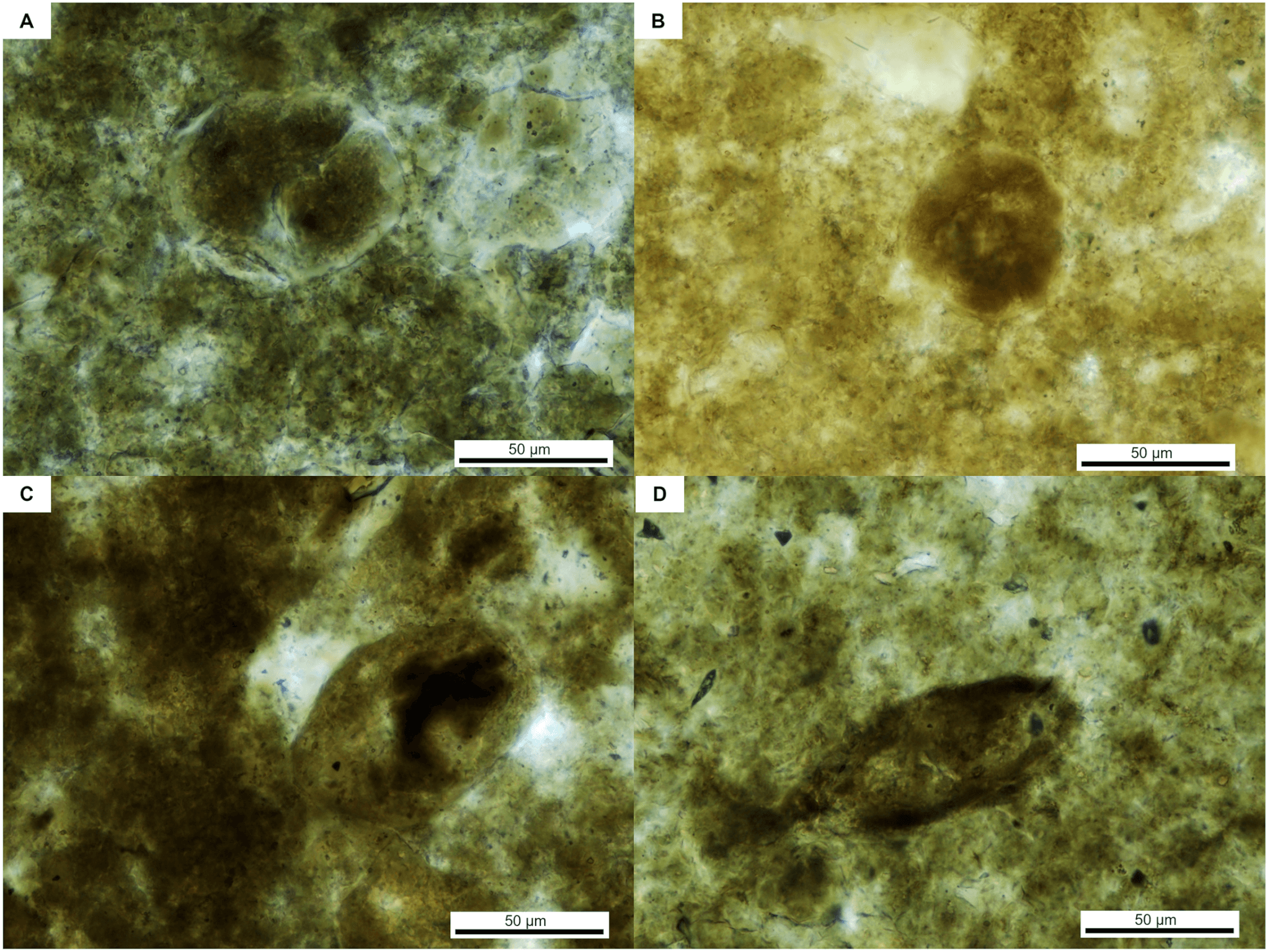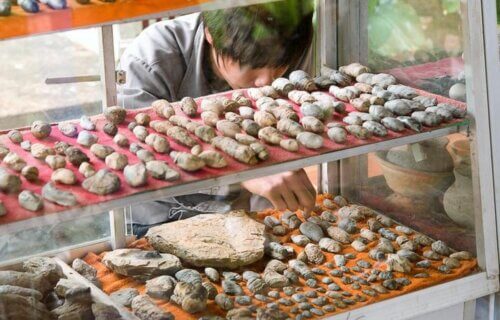KHAM RIANG, Thailand — An ancient aquatic predator may have been walking around with quite a stomach ache 200 million years ago. A new study has discovered a wealth of parasites still detectable in this beast’s fossilized feces.
Researchers note that the animal was one of the earliest predators on the planet, a species of semi-aquatic phytosaur resembling a crocodile. However, this particular creature was infested with roundworms and multiple other parasites. The feces, also known as coprolite, is believed to belong to this predator.
A portion of the seven-centimeter-long coprolite was analyzed by a team from Mahasarakham University in Thailand, who discovered six structures ranging from 50 to 150 micrometers in length. One structure, with a thick shell, was identified as a nematode worm egg, while the others were either additional eggs or protozoan cysts.
Parasites play a common and important role in ecosystems, but ancient parasites are difficult to study due to a sparse fossil record. Since parasites often inhabit the soft tissues of their host, they rarely survive as fossils — unless they’re trapped in something else, like feces.
The Late Triassic cylindrical coprolite, described in the journal PLoS ONE, was found in the Huai Hin Lat Formation in Thailand and dates back over 200 million years. This discovery represents the first record of parasites in a terrestrial vertebrate host from the Late Triassic of Asia and provides a rare glimpse into the life of an ancient animal that was apparently infected by multiple parasitic species.

This finding also adds to the limited known examples of nematode eggs preserved within the coprolites of Mesozoic animals.
The study’s author, Thanit Nonsrirach, notes that parasites of several species were found, including Ascaridida (roundworm) eggs, in a coprolite likely produced by the crocodile-like phytosaur.
“Coprolite is a significant paleontological treasure trove, containing several undiscovered fossils and expanding our understanding of ancient ecosystems and food chains,” the study authors write in a media release.
These findings, the team concludes, are therefore a significant contribution to our scientific understanding of the distribution and ecology of parasites in the distant past.
You might also be interested in:
- Look: 4 new fascinating frog species discovered — including one that disguises itself as poop
- 2,000-year-old poop reveals mass extinction of never-before-seen bacteria in the human gut
- ‘It shocked us’: Ancient footprints suggest crocodiles once walked on two legs
South West News Service writer Jim Leffman contributed to this report.


Mini schnauzers rule. Bugsy is # 5. He had 4 sisters.